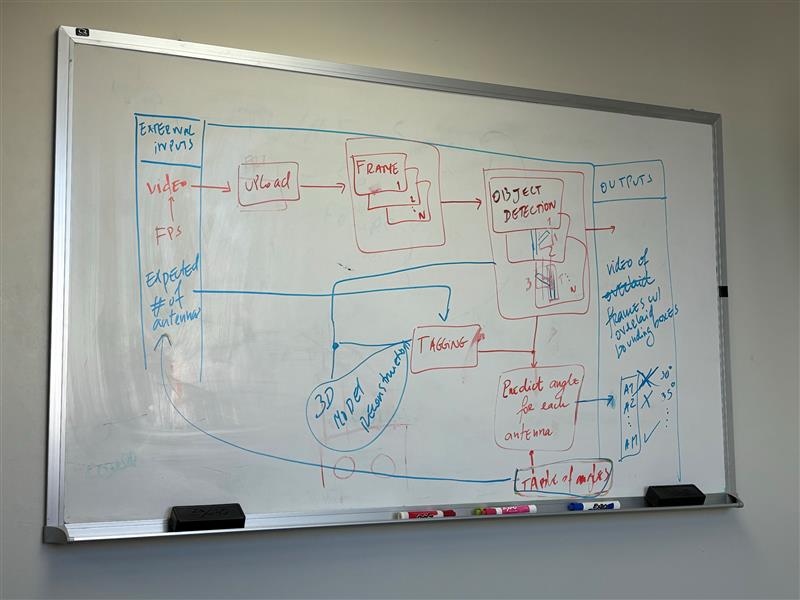In preparation for our upcoming Preliminary Design Report, we began the process of formalizing the many ideas and concepts we’ve generated, narrowing down the ideas to a couple of promising concepts.

We settled on the primary output for our system being an overlay of the submitted video, providing information: A good compromise between the visually uninteresting but easy option of just values in a table, and the more interesting but complex and computationally intensive option of a full 3d model. Though a basic 3d model, and text based interface are still an option, the first priority will be the video overlay.
We also settled on a preliminary idea for our pipeline. Minimizing the amount of extra hardware to go on the drone, and basing as much as possible to the camera and other hardware already there, this keeps our options open to expanding later if necessary, but not requiring a bunch of resources being put into something that might not be necessary.
We’re beginning to put all this information in our Preliminary Design Report, and preparing for the upcoming presentation to the Verizon team.





